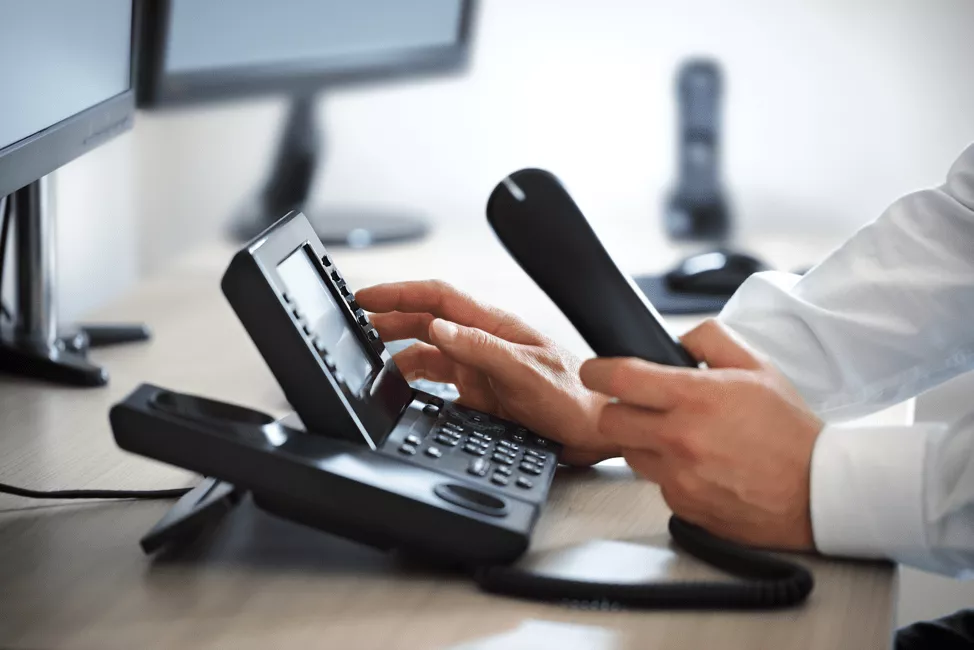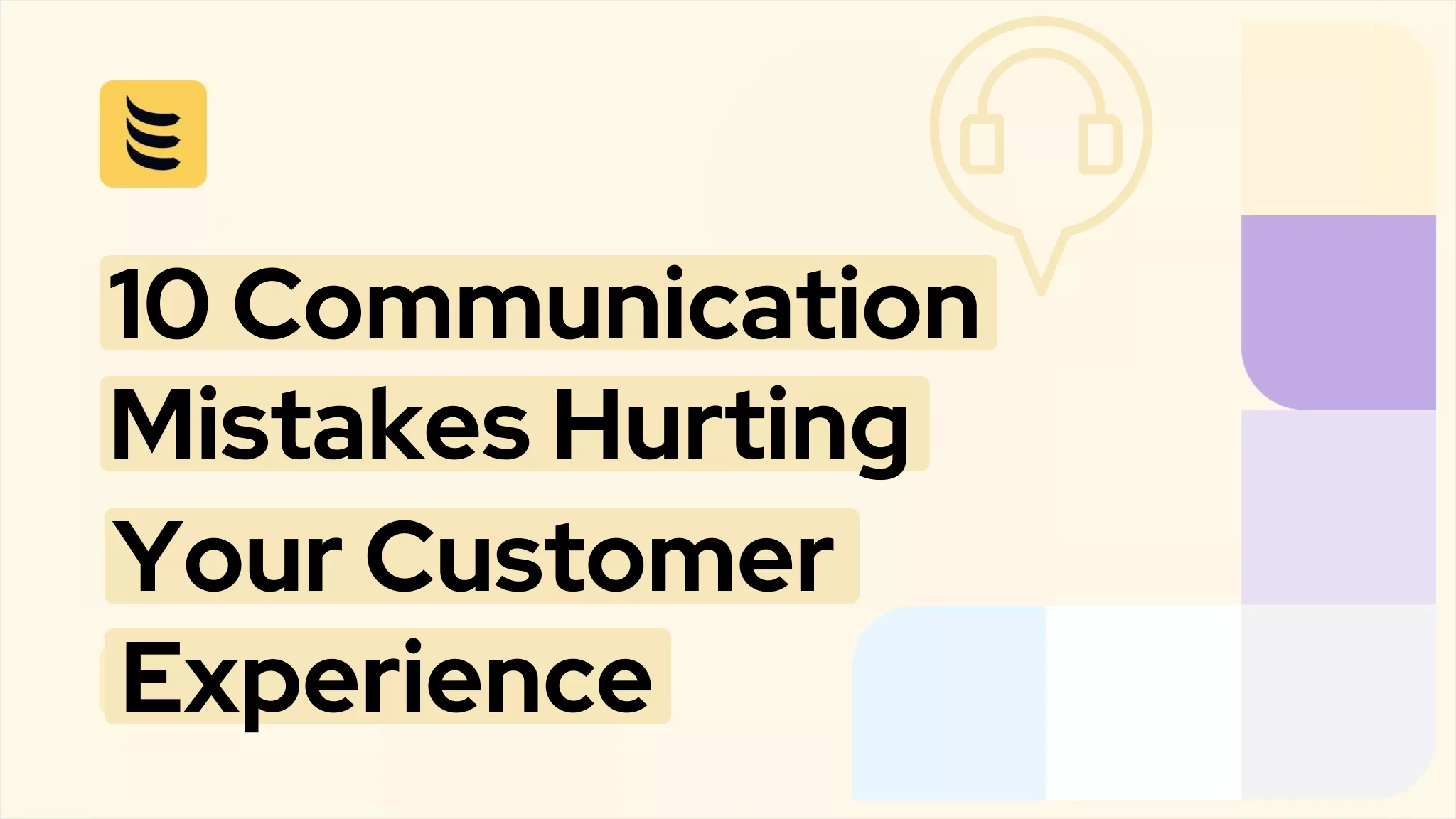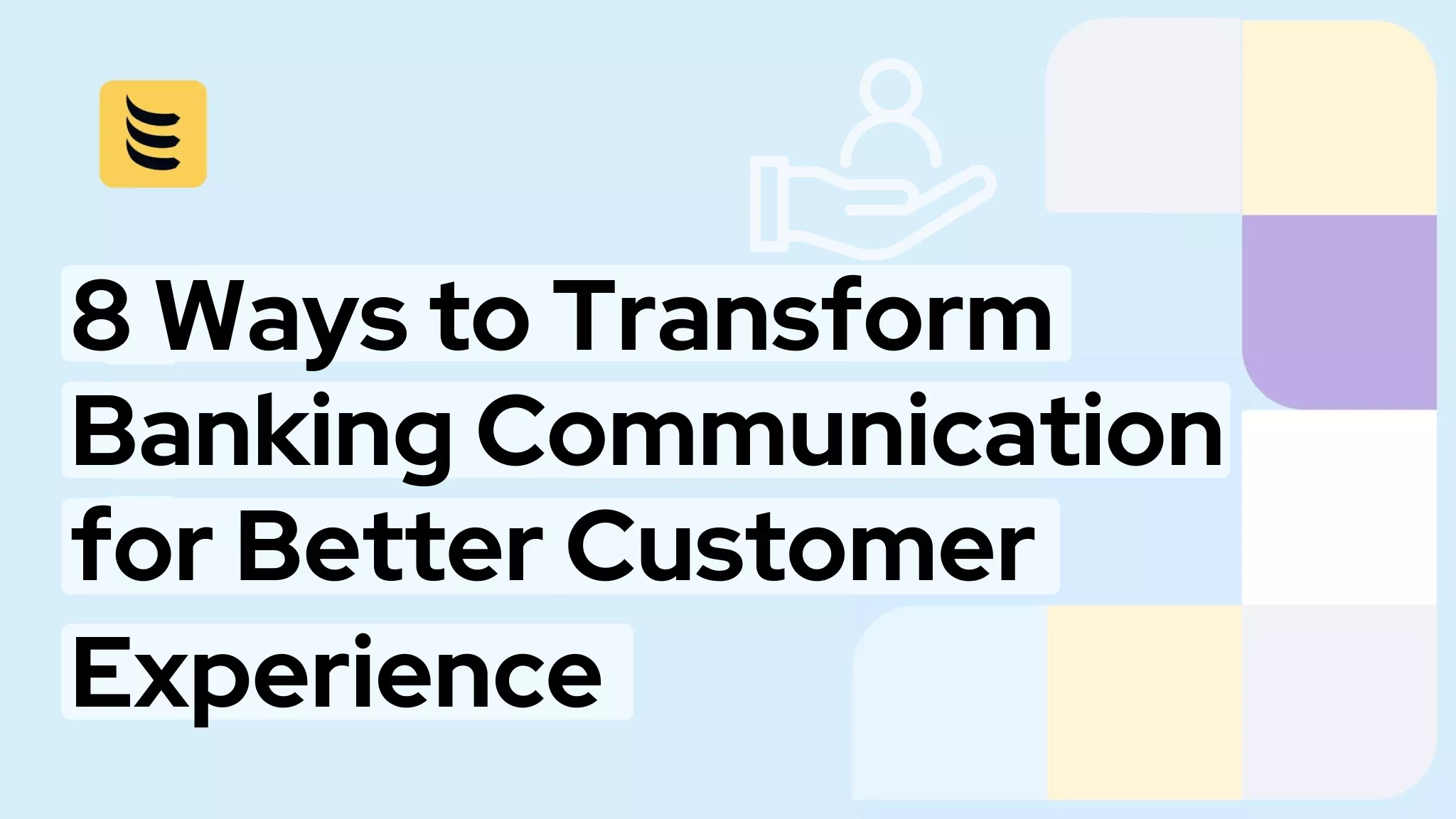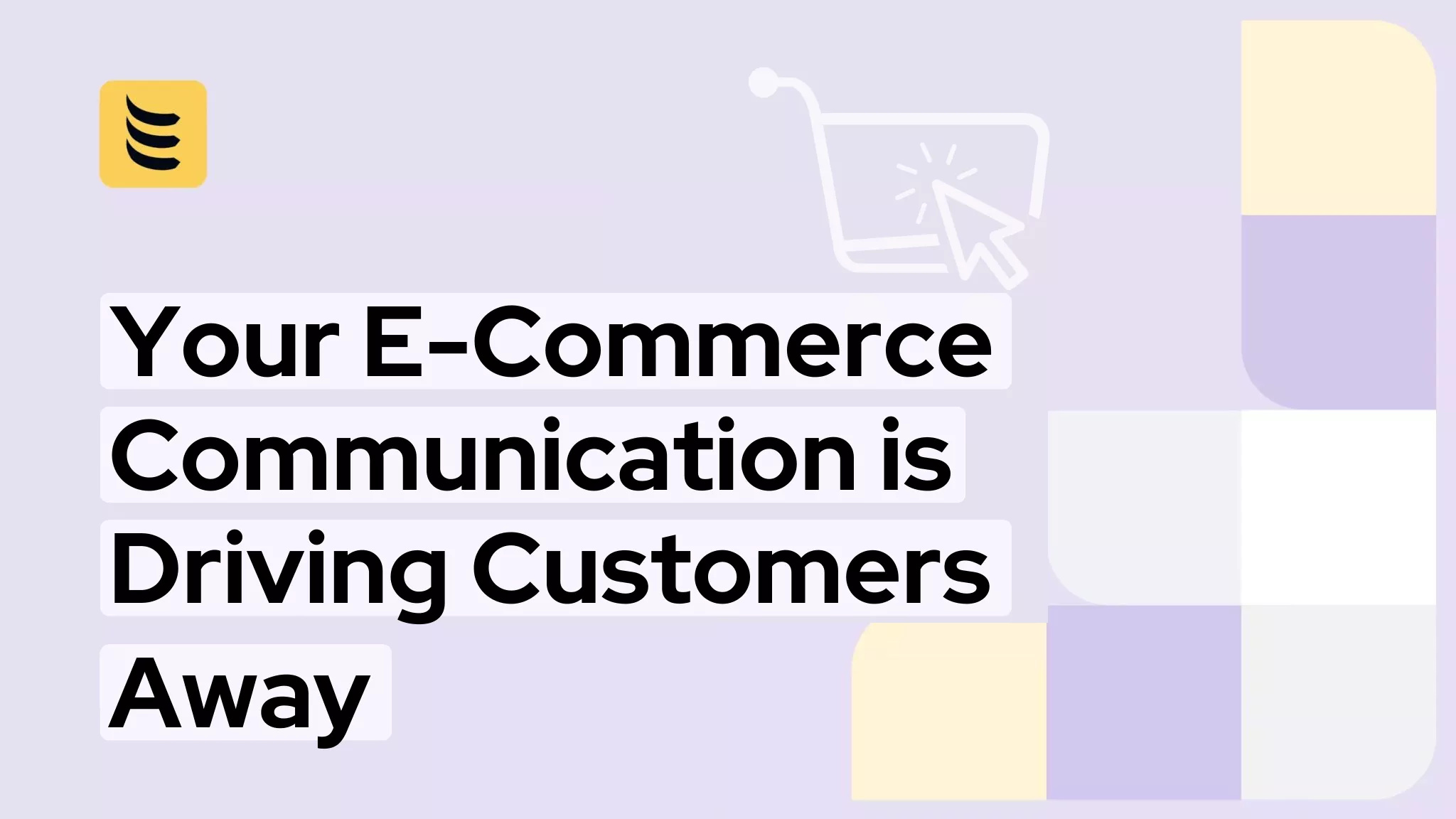Porting numbers between VoIP providers has become a regular task for most Internet telephony services. However, any service is dependent on the aptitude of its customer-facing staff. When a potential customer starts a dialog with your company about its services, the issue of porting a number is going to come up. If your front-end staff isn’t armed with all of the facts, that sale could be lost.
Sales staff and customer service operators can only build trust in your product if they are able to give authoritative and immediate replies to questions about the number porting process. The following list of questions and answers will enable all of your staff to prepare for the inquiries that potential customers are likely to make and answer them with confidence.
1. How long does it take to port a number?
The technical part of the porting number process doesn’t take long—it should only take a day from the submission of the request to the handover. However, the administrative process of getting all of the correct paperwork in place can take a lot longer.
In some cases, it can take five days from the moment a customer puts in a request to port a number to the moment that the number is active through the new VoIP service. However, this is only an estimated minimum period. If problems arise during the administrative stages, it could take up to a month.
Generally, in the USA, most number ports take between five and ten days. Internationally, the completion time for porting a number lies between one and twenty-one days.
2. What information do you need from me?
In order to start the number porting process, you need to submit a request. This can be in the form of a letter or a filled-out form. The format of the request should be made available by the new VoIP service’s website.
In the US the request is called a Letter of Authorization, a Letter of Agency, and a RespOrg form(in case of TF numbers).
Every piece of information included in this request must be provided legibly and spelled correctly. Your name and address must appear exactly as they are recorded in the database of your current VoIP provider.
To ensure that you match the information exactly, request a Customer Service Report or an invoice from your current provider and use it to copy down the required data. Your VoIP’s Customer Support department should be able to email a Customer Service Report to you upon request.
You will also be expected to provide one or two recent bills from your current VoIP provider. If you are transferring a wireless number, you will need to provide your PIN in addition.
3. Does the porting number process cost money?
Both the transferring and receiving VoIP companies are allowed to charge money for the work involved in porting a number.
It is likely that the receiving VoIP company will offer the service for free as an incentive to new customers.
The VoIP service that is losing a customer has less incentive to waive the fee. There is no legislation over what is considered a reasonable charge and these fees may vary widely from company to company.
It’s a good idea to look at companies’ porting fees when you’re shopping around for a VoIP provider. You’ll probably notice that the charge for porting a number out is considerably higher than the charge from bringing a number in. You should take this potential cost of leaving into account when comparing VoIP services.
Although you won’t be planning to leave a VoIP service as soon as you join it, the cost of leaving with your number should be kept in mind when signing up for a service. If you don’t have a copy of your current VoIP provider’s full charge list, contact Customer Services and ask them how much the port-out charge is.
4. Can my current VoIP provider block me from moving my number?
There are a few circumstances where it isn’t possible to port a number. One example is if the new company you’d like to move to doesn’t have any service connections within the footprint of your phone number’s area code.
Legal restrictions present a second situation in which you might not be able to move your number—number porting has been banned in a few rural areas in the USA through state legislation.
If your account has been suspended, or if your account is in arrears, your current provider can block the number transfer. Telephone service providers are also allowed to prevent numbers from being ported out if they are associated with other services, such as Broadband. You can get around these administrative blocks by paying up your account and removing any attached services.
Apart from the above scenarios, your current VoIP provider can’t block your number from being transferred out.
5. How does the new VoIP company get the number?
The real work to port your number is carried out between the CLEC of your current provider and the CLEC of your new provider. In some cases your provider could be the network owner/CLEC. When you send in your Letter of Authorization, your new VoIP service provider prepares a Local Service Request (LSR), which it passes to its CLEC along with supporting documentation.
The CLEC forwards those documents to your current provider’s CLEC. If there are no errors in the documentation, the releasing CLEC sends a Firm Order Commitment (FOC date) back to the receiving CLEC. This document contains all of the information that the new CLEC needs in order to take over the number, including the release date.
6. When will I get a definitive transfer date?

You won’t get the exact date of your number transfer until an error-free Local Service Report has been received and processed by the releasing CLEC. The transfer date is written on the Firm Order Confirmation sent back by the releasing CLEC.
7. Can I port my number if I am moving to a different town?
If you are porting to a VoIP company, it doesn’t matter where you are physically located. Your new company will collect all incoming calls from the location of your existing number’s area code and transport them on to a destination anywhere in the world over the internet.
You will only be able to transfer your number to a VoIP provider that has the capability to connect to the exchanges within your number’s area code.
8. Is there a porting number system for multiple numbers?
Theoretically, there should not be a limit to the quantity of telephone numbers that you can port. In practice, there are tasks that need to be performed in order to move the responsibility for each number. In order to be able to complete the transfer in a reasonable amount of time, most telephone services place a limit on the batch size that they can process.
The porting batch limit doesn’t mean that you can only transfer a limited amount of numbers, it just means that you will have to submit several batches to get all of your numbers ported to a new VoIP provider.
In reality, very few organizations would ever hit those limits. Another thing to keep in mind is that any business that has a very large amount of numbers parked with one VoIP provider would have a great deal of influence over that provider.
If a company could seriously damage the profitability of a VoIP company by ditching its services, it is more likely to negotiate a better deal or pressure the provider to improve services rather than switch to a new provider.
9. What documents are involved in the porting number process?
The first step in the porting number process kicks off when you submit a Letter of Authorization (LOA), which is also known as a Letter of Agency and a RespOrg form(for US Toll Free numbers). This document contains the basic identifying details of the number or numbers to be ported. Such information includes the telephone number to be transferred, the current provider, the customer’s name and address, the account number, and the name of the primary contact at the client company.
The LOA needs to be accompanied by supporting documentation, which includes one or two service invoices, a Customer Service Report, and possibly a proof of identity for the authorized primary contact and a proof of address.
The next document in the chain is the Local Service Request, which is generated by the VoIP provider using information from the LOA. The Letter of Authorization, its supporting documentation, and the Local Service Request all get sent to the carrier for the new VoIP service, which then forwards all of those documents to the carrier for the releasing provider.
Once a releasing carrier has accepted a number porting request, it will issue a Firm Order Commitment (FOC), which provides all of the details of the number release to enable the receiving carrier to take the number into its service.
10. What regulator governs the porting number process?
The rules of telecommunications are laid out and enforced by national bodies. The national institutions are then coordinated internationally by the International Telecommunication Union (ITU), which is an agency of the United Nations.
The ITU has the responsibility of creating standards that facilitate international connections. For example, it specifies the dialing codes for each county.
In the United States, all matters relating to telecommunications, including number porting rules, are the remit of the Federal Communications Commission. The mapping of area codes in all of North America is coordinated through the North American Numbering Plan. The protection of these rules over what numbers can be issued where requires the FCC to control the issuance of numbers and specify who can use them and how.
In Canada, telephone numbers and their use are controlled by the Canadian Radio-television and Telecommunications Commission (CRTC) through the Canadian Numbering Administration Consortium. The CRTC set up the Canadian Local Number Portability Consortium (CLNPC) to govern the number porting process.
In the United Kingdom, all rules relating to telephone usage and telephone numbers are created by and enforced by The Office of Communications, commonly known as Ofcom.
In Australia, the responsibility for overseeing the telecommunications industry, including the use of telephone numbers and the rules governing number porting is called the Australian Communications and Media Authority (ACMA).
In New Zealand, the Commerce Commission of New Zealand is responsible for the rules surrounding telecommunications, such as the laws the govern the number porting process.
Porting Numbers
Customer Service teams and salesforces might be hesitant to provide information to people asking about moving numbers away from the business. Similarly, they might be overenthusiastic in their encouragement of potential customers who want to bring numbers in.
Overall, you will provide a better and more credible service if you train your client-facing staff to have a professional and unbiased attitude when dealing with the issue of porting numbers. It is essential to give all of your staff sufficient facts so that they are able to answer all incoming questions competently. However, an overaggressive culture in a VoIP business can lead to individual staff members getting the impression that they have permission to lie and distort the facts in the pursuit of sales targets.
Arm-twisting and scaremongering might lead to higher sales in the short term, but it can destroy trust and damage the business’s credibility in the long term. Stick to the facts and you will be able to grow your VoIP business by easing the number porting process for customers.
Let our team of voice experts know if you need any further information regarding virtual/DID number portability. And if you want to port in numbers for your enterprise/residential/Pinless products.




